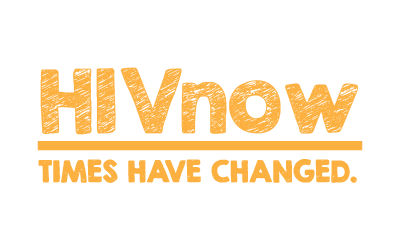Travelling with HIV Medications
For Canadians and permanent residents see the Government of Canada guidelines here: https://travel.gc.ca/travelling/health-safety/medication
Tourists Travelling to Canada with Prescribed Medicines
People living with HIV who enter Canada on visitor/tourist visas, student visas, or work visas are eligible to bring their medication prescribed in other countries in their luggage or carry-on. However, there are standards that must be followed from the Canadian Border Services Agency (CBSA).
If you intend to come to Canada carrying prescribed medication, please note: Visitors to Canada may bring prescription medication into Canada on their person for a single course of treatment, or up to 90 days’ supply based on the directions for use. The drug must be for the individual’s personal use, or for the use of a person for whom they are responsible and with whom they are travelling.
1. The Label
The drug must be shipped/carried in one of the following:
- hospital or pharmacy dispensed packaging;
- original retail packaging; or
- with the original label affixed to it which clearly indicates what the health product is and what it contains.
Warning: Do not try to save luggage space by combining multiple types of medication into a single container. If there is more than one type of medication, each medication must be in its own container, labeled with all the information above.
2. The Doctor’s Prescription
Carry a copy of the original prescription, in English or French, in case authorities ask for it. The prescription must include all the following:
- name of the person who the medication is prescribed for (patient name);
- name of the medication;
- instructions for use;
- doctor’s name and contact information; and
- doctor’s signature and the date.
Tourist Importing/Shipping Prescribed Medication to Canada
Visitors may import into Canada a single course of treatment or up to 90 days’ supply based on the directions for use.
The doctor’s prescription must be attached to the package. If you intend to import, include the following:
1. Doctor’s Prescription
Contact your doctor in your country of origin and ask if they are willing to provide the prescription in English or French. The prescription must include all the following:
- name of the person who the medication is prescribed for (patient name);
- name of the medication;
- instructions for use;
- doctor’s name and contact information; and
- doctor’s signature and the date.
2. Packaging
The medication must be shipped/carried in one of the following:
- hospital or pharmacy dispensed packaging;
- original retail packaging; or
- with the original label affixed to it, which clearly indicates what the health product is and what it contains.
3. Shipment
Ensure medication is secure in the proper pack with a doctor’s prescription (see Step 1 and 2 above). Make sure not to go over the limit of a 90-day supply based on the directions for use. Seal the package and write the address for delivery on the outside of the box.
Receiving Prescribed Medication in the Mail
When the medication has arrived, and has been cleared by customs, you will receive a written notification at the address indicated on the package. The carrier notification will inform you where you should go to receive your mailed package. To pick up your mailed package, present valid identification to prove that you are a tourist, such as a passport stamp, Canadian tourist/student visa or a letter from Canadian school or employer.

Getting HIV Meds

Trillium Drug Plan

Trillium Drug Plan Deductible Calculator


